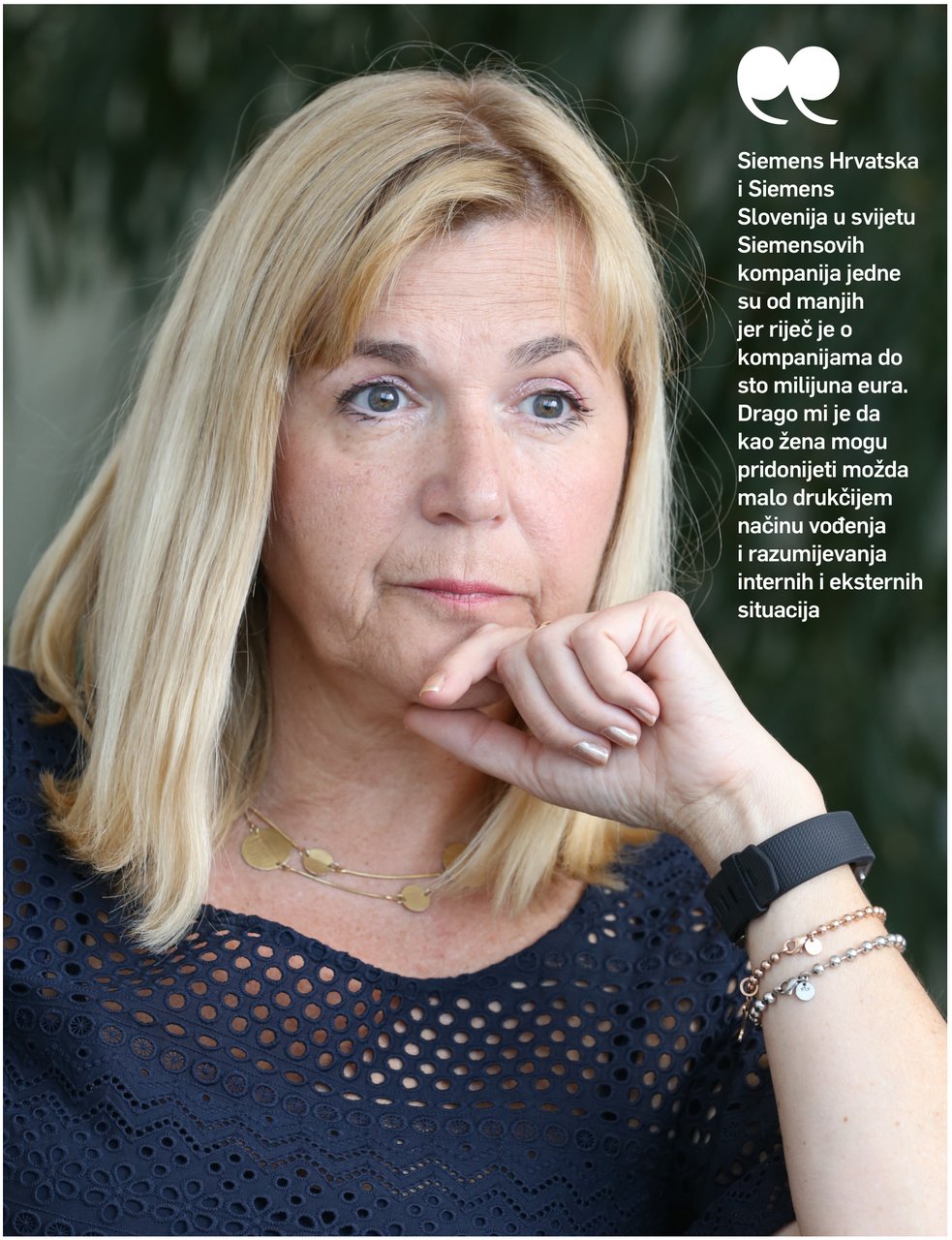U sljedeća četiri broja bavit ćemo se zakučastošću engleske gramatike, a nakon četvrte lekcije potražite test na www.liderpress.hr i provjerite svoje znanje. Među osobama koje točno riješe test izabrat ćemo jednu koja će na dar dobiti knjigu kolumnistice Lidera Tatjane Divjak Kako upravljati karijerom.
There seems to be a strange consensus among non-native speakers of English all over the world: they all make the same mistakes. Croatian speakers are not an exception. In most languages only one tense is used to talk about the present and look at these sentences in English:
I’m working for a bank. I work for a bank. I’ve been working for a bank for 5 years now.
When translated into Croatian these three sentences sound the same: Radim u banci! So why three different tenses? You might say it is not important since people will understand you anyway. However, the choice of a tense does make a difference.
Consider the following situation: While driving with a colleague in an unfamiliar part of the town and making a quick decision about which lane to take, I asked her: ‘Vozi li tuda tramvaj?’ Her reply was: ‘Vozi.’ As a driver I made sure there was NO tram coming in our direction so I said: ‘I meant is it driving now?, not does it drive?’ Trams drive here means they usually, often or (for impatient people) rarely pass here. But in our case A tram isn’t driving here at this particular moment so it is safe for me to turn into that direction. (Imagine a similar conversation between a pilot and air traffic controller!)
The example I’M WORKING for a bank implies that this is a temporary position for you, and that you are currently or around now looking for a better job. The strange consensus we mentioned earlier is that non-native speakers use: I’m working for a bank; We are providing IT services… when talking about permanent situations such as their job description or simply giving facts. It is important to understand that I’m working might be said by a person doing his/her colleague’s job for a limited period of time: I’m dealing with my colleague’s clients while he is on holiday.



